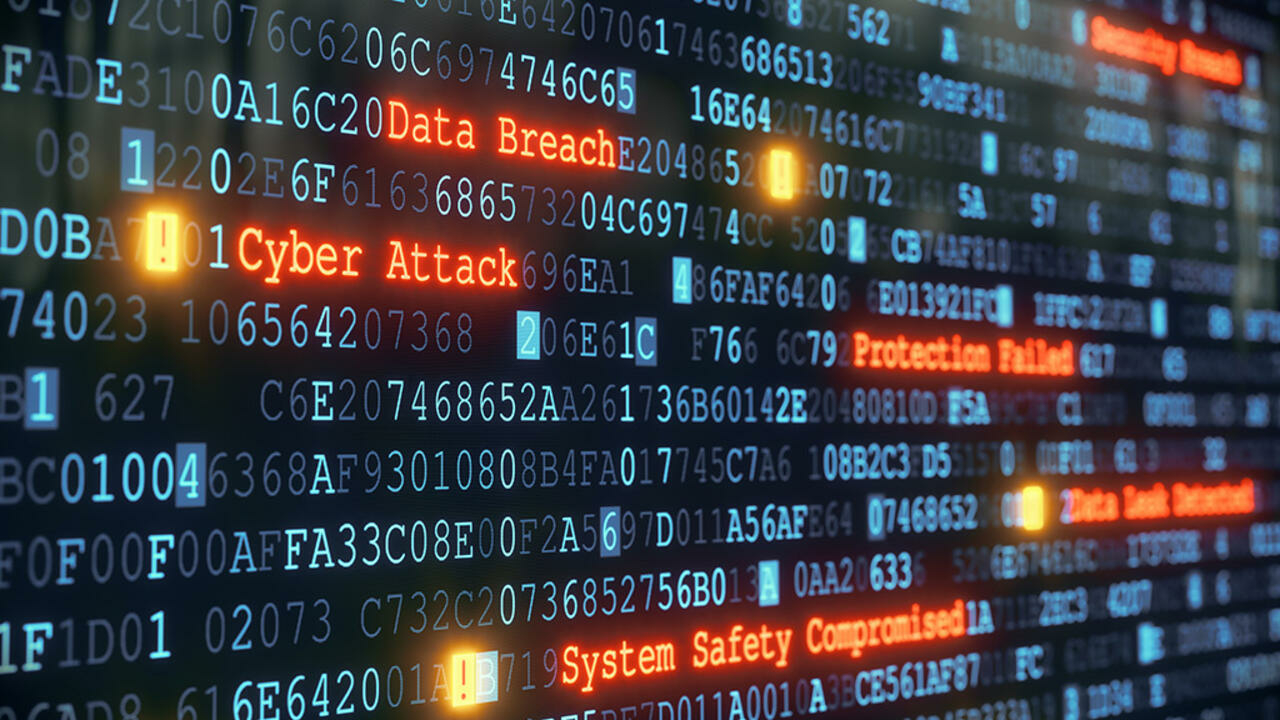“You should know better.” That was the ominous text message Laura, a Registered Nurse at a large medical center, received from 20 people at 11 a.m. one morning….
She was astounded. What was happening, she wondered? What did the message mean? And why would anyone-let alone 20 people-text her with the same message?
Laura went home that night shaken and perplexed. After a sleepless night, she figured it out. She had been at her job for only a week. She had replaced a popular supervisor, who had left abruptly without explanation. Her employer had assured Laura that her staff would accept her. Obviously, they had not.
Laura’s co-workers were taking advantage of an electronic means of workplace bullying, relatively new to the workplace. Laura was the target of cyber-bullying. Cyber-bullying is harassment using technology-cell phones, email or the Internet, for example. While the term was first applied to teenagers, it is rapidly being used to apply to behavior adults are experiencing in the workplace as well.
Cyber-bullying can take workplace bullying to a new level. All of us know how quickly emails can spread information. Imagine how the word spreads when emails or text messages broadcast unverified rumors about a target.
Also, where bullying in the workplace usually pits one bully against one target, cyber-bullying can easily take the form of cyber-mobbing where you have many people against one target. All that workplace bullies need to know is your email address or phone number. They can remain anonymous under an assumed email identity, or block their number when calling you.
Knowing this, here’s what you can do to curb cyber-bullying or even cyber-mobbing:
o Save emails that contain bullying messages. Your company may have a way to find out who owns that account, and you can then block that email address from sending you anything. In addition, the email can serve as evidence that you are being bullied.
o Don’t use your work email address for anything other than work. Set up a different email account for personal use.
o Don’t tell online “friends” (the ones you know through social networking sites) your company’s name. It’s relatively easy to figure out someone’s work email address if you know her name and the company she works for.
o Find out if your email program has a filter that allows only those on your “safe” list to send you emails. They have to be approved by you. Download an email verification program from the Internet that ensures you are in control of who sends you emails. Any unknown sender has to first apply to you – you can accept or decline any email address request.
o As far as text messaging goes, you can also block phone numbers, once you identify a bully’s number. Simply call your cell phone company to arrange the block.
Cyber-bullying is a very passive form of bullying. It is as serious as any other form of bullying at work and has the potential to be even more insidious. You can take steps to block and verify who contacts you in order to gain back some control. Remember, the bully’s nature is to try and take your power because they feel they do not have their own. You do not have to give them anything and you have every right to set up these personal boundaries. You are worth it!






![Erratum for “An inverse theorem for the Gowers U^s+1[N]-norm”](https://azmath.info/wp-content/uploads/2024/07/2211-erratum-for-an-inverse-theorem-for-the-gowers-us1n-norm-150x150.jpg)

